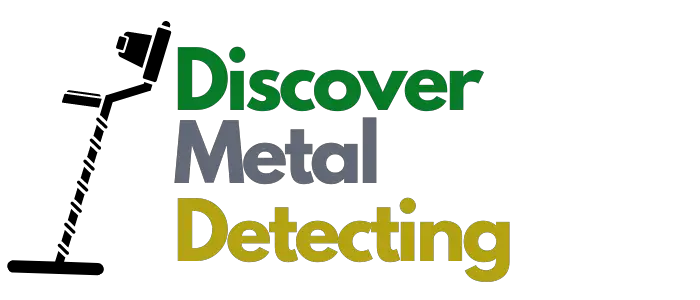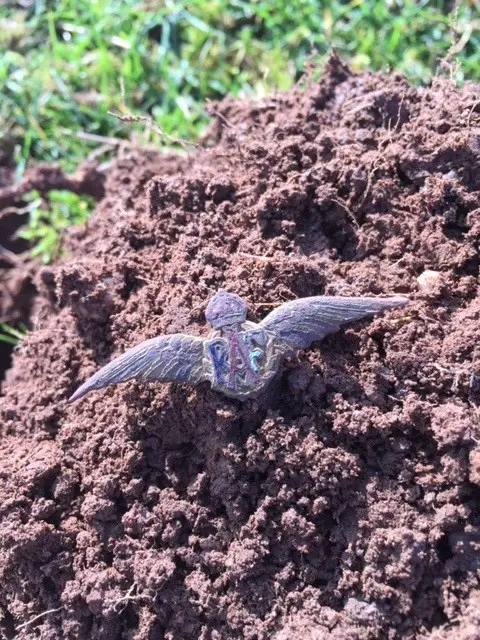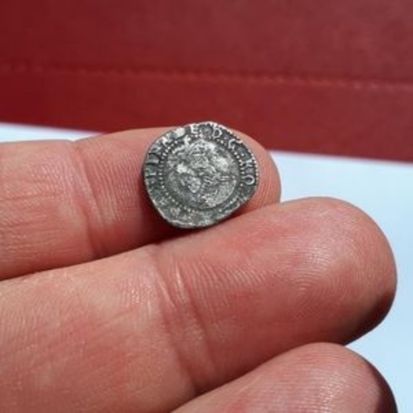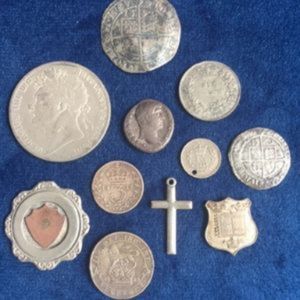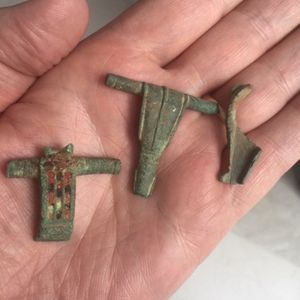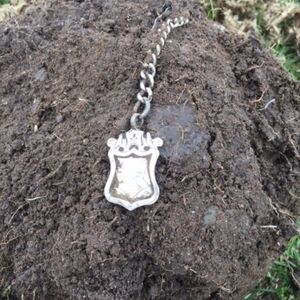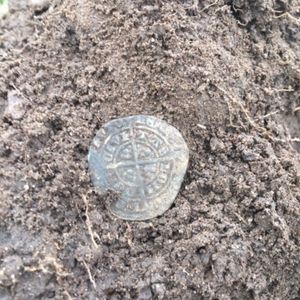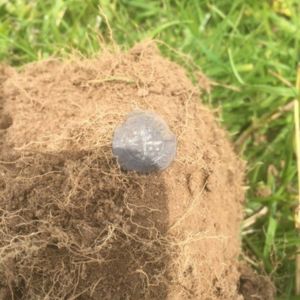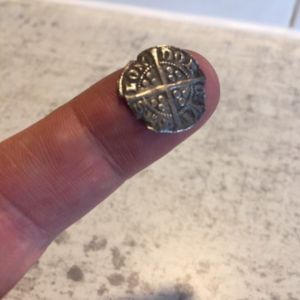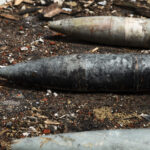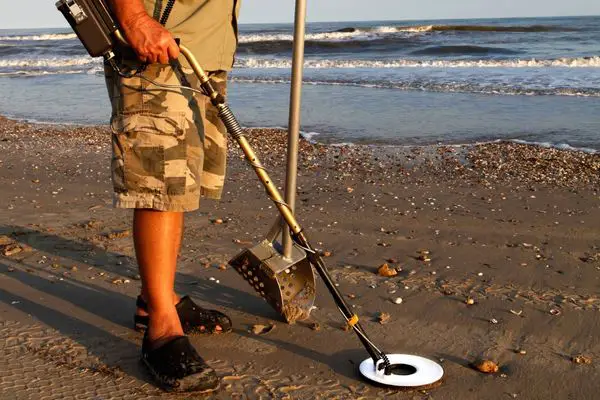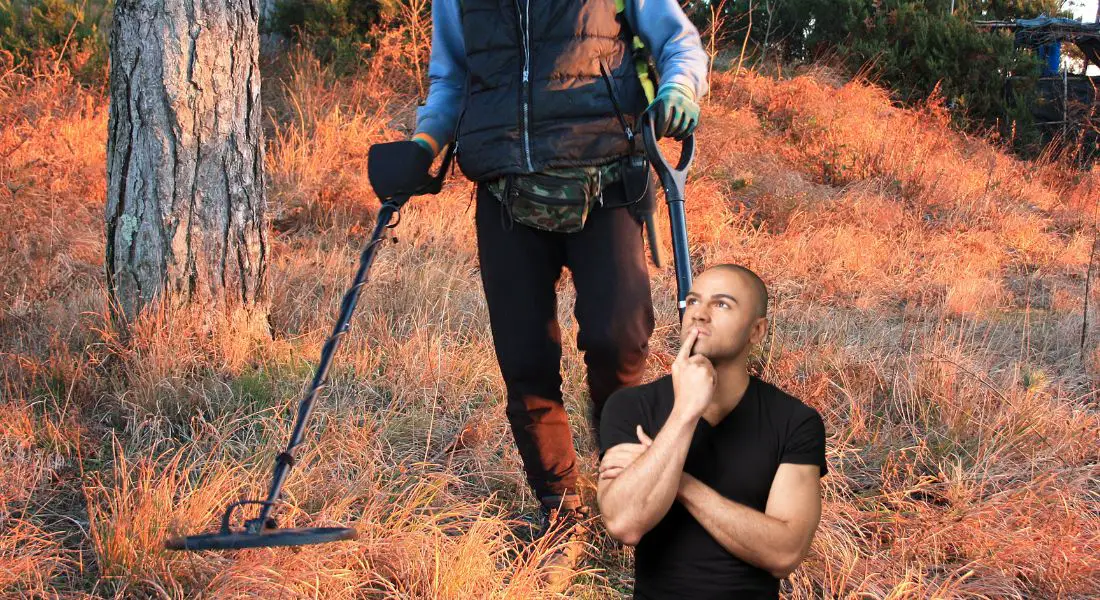The hobby of metal detecting and searching for buried metal objects offers a thrilling glimpse into the past. Whilst uncovering hidden treasures can be exciting, the impact on archaeology remains a complex and often debated topic.
In this article, we explore both sides of the coin, examining the benefits and controversies surrounding metal detecting’s influence on archaeological practice.
Unveiling history’s secrets – The positive influence of metal detecting
Metal detecting can be, and to a certain extent, already is a valuable tool for archaeological discovery. Enthusiasts, often passionate about history, contribute significantly to our understanding of the past in several ways.
Filling the gaps – Identifying previously unknown sites
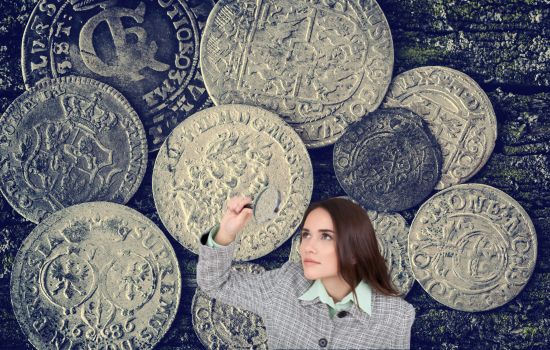
Metal detectors excel at detecting objects invisible to traditional archaeological methods.
Coins, weaponry and other metal artifacts can pinpoint previously unknown or undiscovered sites, leading to major archaeological discoveries.
In only one example, the discovery of the Hoxne Hoard, a significant Roman treasure trove, stemmed from metal detecting activities.
Many others have been found and declared through the correct channels.
Expanding our knowledge base – Unearthing diverse artifacts
Metal detectors can unearth a wider range of objects than standard digs, uncovering smaller and more portable artifacts often missed by conventional methods. This can provide valuable insights into everyday life and social practices of past societies.
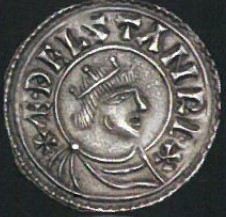
Additionally, metal detecting can be crucial in locating specific types of artifacts, like medieval pilgrim badges or Roman coins, offering insights into trade routes and cultural exchange.
Through metal detectorists declaring significant finds to their local Finds Liaison Officer linked to a local mueseum, historical knowledge is absolutely advanced.
An example would be discoveries that meant a Saxon or Anglo-Saxon territory was further expanded into a region that was original thought!
Raising public awareness – Sparking an interest in archaeology
The hobby’s accessibility and inherent excitement does spark public interest in archaeology. Metal detecting enthusiasts often become citizen scientists, participating in archaeological surveys and reporting their finds to professionals.
This fosters a collaborative spirit, raising awareness of the importance of preserving cultural heritage. Using well known databases such as the Portable Antiquities Scheme (PAS) and the United Kingdom Detector Finds Database (UKDFD) to record finds really aids this.
The dark side of the spade – Addressing the concerns
Despite its positive contributions, metal detecting raises ethical and practical concerns that cannot be ignored:
Looting and destruction – The loss of contextual information
Uncontrolled metal detecting can lead to looting and the removal of artifacts from their archaeological context. This is crucial for understanding their historical significance.
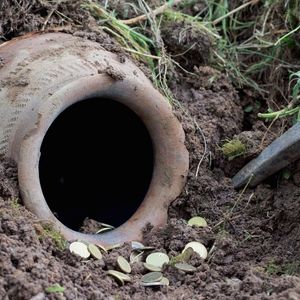
This can hamper proper excavation and interpretation, resulting in lost knowledge and incomplete narratives.
A popular term for anyone metal detecting on land without permission and removing artefacts without declaration is “Night Hawking” or being called a “Night Hawker”….not a pleasant thing to be!
The consequences of being caught and especially trying to sell undeclared items can be very severe. These types of people have been known to get 5 years imprisonment!
News like this is often very welcome amongst responsible metal detectorists.
Fragmentation of the record – Missing pieces of the puzzle
Unreported finds contribute to the fragmentation of the archaeological record. Without documentation and professional analysis, essential information about the artifact’s age, origin, and purpose is lost.
This hinders a comprehensive understanding of the past by potentially losing an artefact’s “context” of why it had been found in that place and its relation to any other finds around it.
Damage to sensitive sites – Unintended consequences
Unskilled digging can damage fragile archaeological features and disturb stratified layers, essential for dating and understanding site chronology.
This can irreparably destroy valuable information and hinder future research possibilities at a later date.
Ethical dilemmas – Striking a balance
Metal detecting raises complex ethical questions. While individuals have the right to explore their historical interests, responsible practices are crucial to protect archaeological heritage.
Collaboration with professionals, responsible reporting of finds and adherence to legal regulations are essential to minimizing harm and maximizing the benefits of metal detecting.
You read more about this in my article on Metal Detecting Rules and code of practice here.
Looking forward – Finding common ground
The relationship between metal detecting and archaeology can be mutually beneficial. Open communication, collaboration and responsible practices are key to navigating the ethical and practical challenges.
Initiatives like licensing schemes, educational programs and partnerships between detectorists and archaeologists can promote responsible detecting and maximize its contribution to archaeological knowledge.
Ultimately, by working together, both sides can contribute to preserving and understanding our shared past. Read my article here about the legalities of metal detecting.
Conclusion – A treasured collaboration

Metal detecting, when practiced responsibly and collaboratively can be a valuable tool for archaeological discovery.
While concerns regarding looting and damage are valid, recognising the potential benefits and fostering partnerships can create a win-win situation.
By working together, metal detectorists and archaeologists can unlock the secrets of the past, ensuring that these treasures enrich our understanding of history for generations to come.
You can read more about the Defination of Treasure and the Treasure Act here.
